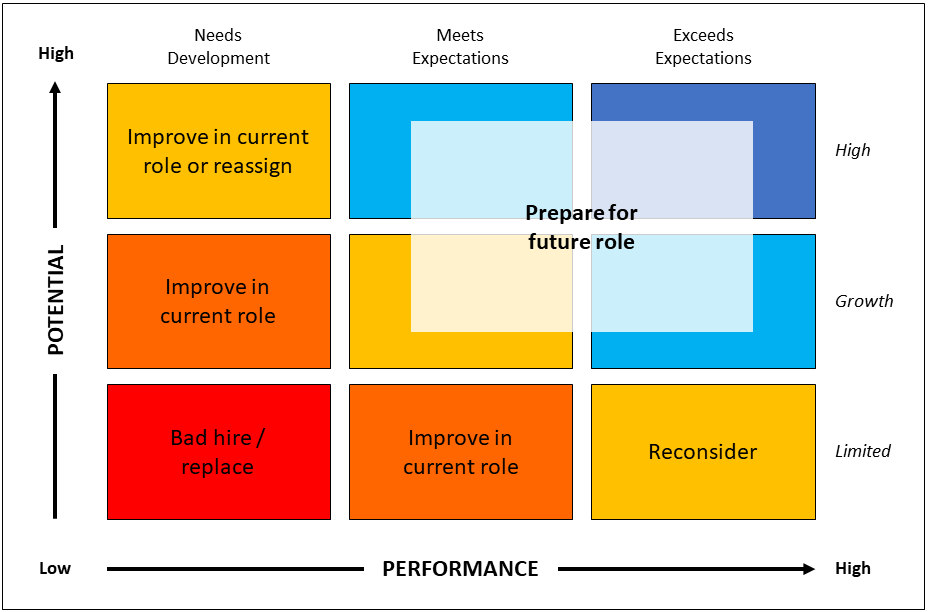Fundamentals of successful talent management – Today’s business leaders see talent attraction and retention as a pressing need for successful organisation transformation.
Talent management has evolved. Not so long ago you would have been forgiven for thinking that your organisation was identifying, nurturing and promoting talented individuals through some unseen and secretive process.
This has changed, there is more structure and focus in place, but what can companies do in order to successfully implement a company-wide training system to develop their talent?
Be consistent
Too often companies allocate a number of ‘spaces’ on a training programme, even sometimes being prescriptive of how many spaces are available for each department based on headcount. A sense of numbers is obviously required for planning and logistics purposes, but when you find yourself stretching the criteria in order to subsequently fill the final spaces then you are already starting to setup a risk of failure.
The key to consistency is to a) have very clear entry criteria to determine the nominations to join a talent programme, and b) have one process for calibrating those nominations across multiple departments. Underpinning this must be strong (and again consistent) HR data analytics, for example performance scores, employee engagement scores, talent rating (more on that in a moment!), etc – the better the HR system the richer the data.
Talent rating data is dependent upon a consistent talent identification/management process. One tool that works at all levels, is easy to calibrate and can be used in a constructive personal development conversation is a Potential Performance matrix (see Figure 1 below).
Using common terminology and measures, people leaders can plot where each of their team sit on the matrix – calibration is best facilitated by somebody independent (e.g. HR Business Partner). The individuals who fall primarily into the 3 blue boxes are those most relevant to be on a talent programme, those in the central yellow box are performing well but most likely need an initial on-the-job opportunity to demonstrate their higher levels of potential and/or performance.
Be transparent
Having deployed and populated a tool such as the above matrix, the organisation and its leaders must confidently and openly communicate with its people. Everyone should be made aware that there is a Talent Management process and that they all have the opportunity to understand how they have been rated. Within a constructive one-to-one conversation, by sharing more information on the overall process, the tool/matrix and a person’s position on it, you will create an increased feeling of openness and trust, and you create the opportunity to discuss that person’s aspirations and possibilities.
Some managers and leaders may feel apprehensive about a conversation with somebody that sits in the red/orange boxes, but in reality, those scenarios are more about standard performance management practice and less about talent management.
Once you have identified, calibrated and agreed the people to join a talent development programme, whilst it is not essential or necessary to communicate this to the wider organisation, it should be made clear that the identified individuals are free to share their involvement, learnings and experiences of the programme – the stories and memories they share become part of an organisations DNA.
Be Flexible
Whilst you might have a group of people sitting within the ‘talent’ parts of a matrix, it’s important to recognise two things:
- They will each have different career aspirations. Some are looking to work their way to the top of your (or another) organisation. Some will be wanting to increase the breadth of their experience across the organisation. Some will simply be wanting increased exposure to the influential leaders around them. None of these are wrong, but it’s important to understand their needs and aspirations in order to provide the best solution for their continued development and growth.
- Talent Management is not the same as Succession Planning. You have identified someone in your team as having high potential and performing above expectations, but that doesn’t mean they want your job. Part of that one-to-one conversation with someone can be used to ascertain their desire to be your successor, and if appropriate how big the gap currently is.
Participation in a talent development programme could be the right course of action, but equally something that stretches people on or off the job could be equally as rewarding for them.
Be Different
Most organisations will have a Learning and Development / Leadership Development department who are responsible for shaping, building and delivering the fundamental training and development programmes across the company’s population.
A talent development programme should differentiate itself from these whilst also being relevant and realistic. One programme I ran across a European business, provided its senior management talent with a deep understanding of Emotional Intelligence – not only at an individual level, but also as a leader of a team and as an influencer within a business.
Companies sometimes try to use their talent pool as a ‘hit squad’ who will be used to address specific business challenges and change. On the surface this looks appealing – collaboration with new people, exposure to and mentoring from the Board of Directors, and an authority to ‘make it happen’.
But in reality, it’s a huge ask. It places extra demand on those people as they still have to maintain their level of day to day performance, it puts additional strain on the Board, and at some point, the best endeavours of trying to deliver some form of change will come up against the budget and resource constraints of the wider organisation. Quite often it’s the Board themselves that oppose this part of a talent development programme.
Thank you for reading: Fundamentals of successful talent management
For more news, updates and articles like MyPeopleClub Fundamentals of successful talent management… Go to our


